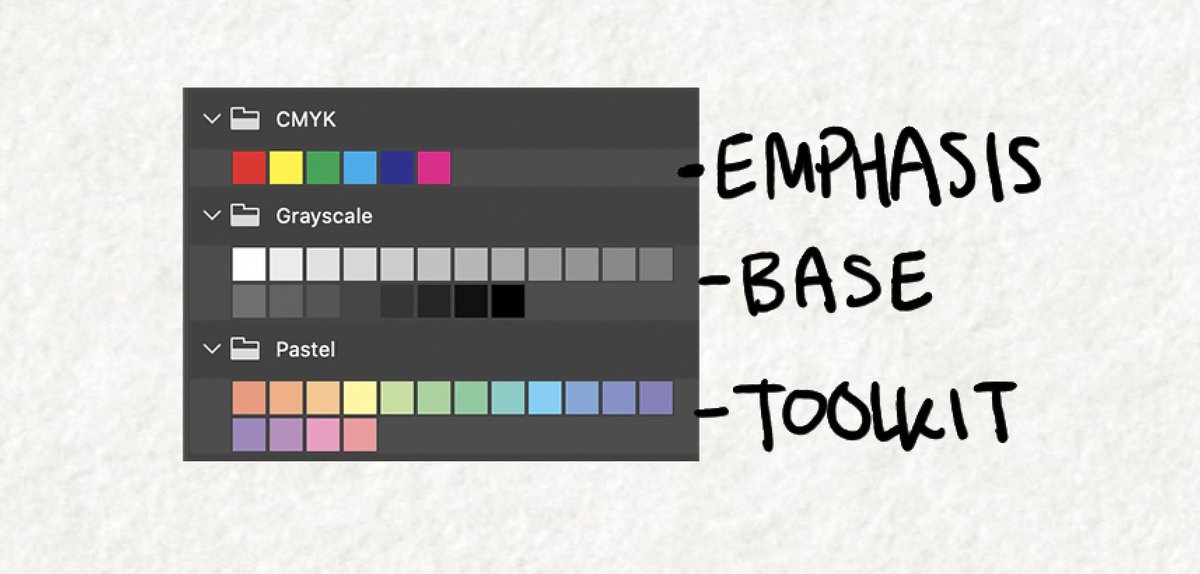
Ahhh #storyboarding! Will touch on this a bit later this week! But a teaser...
Don't worry about the hero's journey first.
Start with a #narrative timeline:
1. Who is your protagonist? Immune cells?
2. Antagonist or supporting players? Bacteria?
3. Define setting...
(1 of 5)
Don't worry about the hero's journey first.
Start with a #narrative timeline:
1. Who is your protagonist? Immune cells?
2. Antagonist or supporting players? Bacteria?
3. Define setting...
(1 of 5)
https://twitter.com/GilCostaDesign/status/1422590194117750787
... where are you? The lungs? (maybe start with a wide angle, then zoom in, and in).
4. Define your problem. Bacterial infection spreading!
5. Counter action. Immune system attacks!
6. Overcoming, or reaction. Bacterial infection shrinks?
7. Wrap up ...
(2 of 5)
4. Define your problem. Bacterial infection spreading!
5. Counter action. Immune system attacks!
6. Overcoming, or reaction. Bacterial infection shrinks?
7. Wrap up ...
(2 of 5)
... call to action? moral? "That's how..." explainer
Basically, the thing to remember with animation, #1 mistake is writing out of linear time order. Unlike text, your timeline is more rigid. Can't see the immune cells attack until that character is introduced to us.
(3 of 5)
Basically, the thing to remember with animation, #1 mistake is writing out of linear time order. Unlike text, your timeline is more rigid. Can't see the immune cells attack until that character is introduced to us.
(3 of 5)
Similarly, if they're not at the bacterial site of infection yet, they can't attack. They have to move there. It is very similar to designing a #MOD or an #MOA figure, where each scene or action is a step.
(4 of 5)
(4 of 5)
And remember, this may be a good time to bring in a #sciviz specialist if you're stuck! Sometimes I (think #sciart #medart) just come in to #storyboard, and then pass the project off. Helps to enlist someone who thinks about storytelling all day. Collaboration is cool.
(5 of 5)
(5 of 5)
• • •
Missing some Tweet in this thread? You can try to
force a refresh







